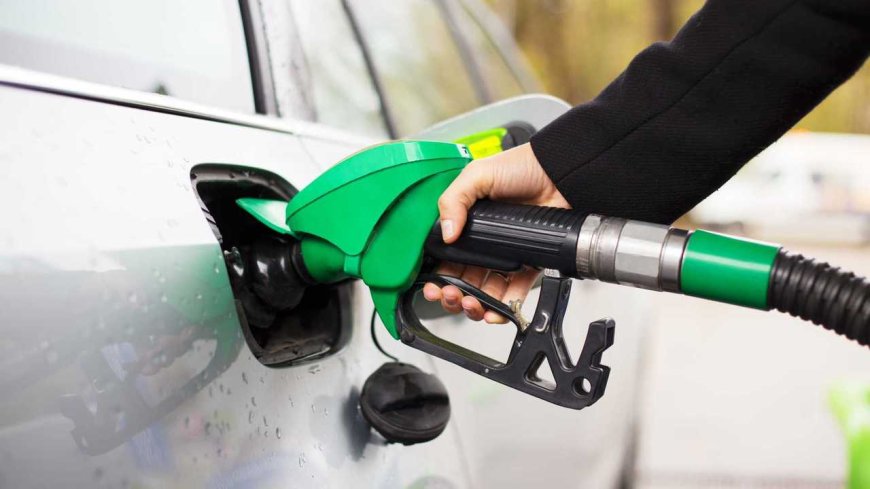Top 5 Asian Countries with the Highest Daily Fuel Usage

Fuel consumption is a critical indicator of economic activity, industrial growth, and transportation needs in any country. In Asia, rapid industrialization, urbanization, and population growth have significantly increased the demand for fuel. Here, we take a look at the top five Asian countries with the highest daily fuel consumption, highlighting their energy profiles and economic contexts, along with some figures to provide a clearer picture.
5. Pakistan
Pakistan, with its growing population and developing economy, is the fifth-highest consumer of fuel in Asia. The country's daily fuel consumption has risen to about 0.5 million barrels of oil per day. This increase is due to heightened transportation needs, industrial activities, and urbanization. Pakistan relies heavily on imported oil to meet its fuel requirements, which poses challenges given the country's economic constraints. The government is exploring alternative energy sources and enhancing local oil and gas production to manage the growing demand. Despite these efforts, fuel consumption continues to be a significant aspect of Pakistan’s energy landscape.
4. South Korea
South Korea ranks fourth in Asia for daily fuel consumption. Known for its rapid industrialization and technological advancements, South Korea’s economy is energy-intensive. The country consumes approximately 2.7 million barrels of oil per day. South Korea imports a significant portion of its energy needs, particularly crude oil and natural gas. The country has made significant strides in improving energy efficiency and increasing the share of renewable energy in its mix. However, the demand for fuel continues to grow, driven by the industrial sector and increasing vehicle ownership.
3. Japan
Japan, despite its smaller size compared to China and India, is the third-largest consumer of fuel in Asia. As a highly industrialized and technologically advanced nation, Japan’s daily fuel consumption is about 3.7 million barrels of oil per day. The country has limited natural resources and relies heavily on imported fuel. In recent years, Japan has been at the forefront of developing energy-efficient technologies and promoting renewable energy to reduce its fuel dependency. Nonetheless, the demand for fuel remains high, driven by its robust manufacturing sector and extensive transportation network.
2. India
India, with its burgeoning population and rapid economic growth, is the second-largest fuel consumer in Asia. The country's daily fuel consumption stands at around 5 million barrels of oil per day. This surge is due to increased industrial activities, urbanization, and a rising number of private vehicles. India heavily relies on imported crude oil to meet its energy demands, making it vulnerable to global oil price fluctuations. The government is actively promoting alternative energy sources and electric vehicles to curb the growing fuel consumption, but the transition is gradual.
1. China
China, the world’s most populous country, unsurprisingly tops the list of highest fuel consumers in Asia. With its vast industrial base, sprawling cities, and an ever-growing number of vehicles, China's daily fuel consumption is staggering. As of the latest data, China consumes approximately 14 million barrels of oil per day. The country has made significant investments in energy infrastructure, yet its dependence on fossil fuels remains high. Efforts are ongoing to shift towards renewable energy, but oil and coal still dominate the energy mix. This high fuel consumption underscores China’s position as a global economic powerhouse and its continuing industrial expansion.
Conclusion
The high fuel consumption in these Asian countries reflects their economic activity, industrial growth, and transportation demands. Despite efforts to transition to renewable energy, fossil fuel dependency remains significant. Addressing fuel consumption challenges is crucial for sustainable development and energy security. Future efforts will likely involve policy measures, technological advancements, and international cooperation to balance energy needs with environmental sustainability.


 Saad khan
Saad khan 





